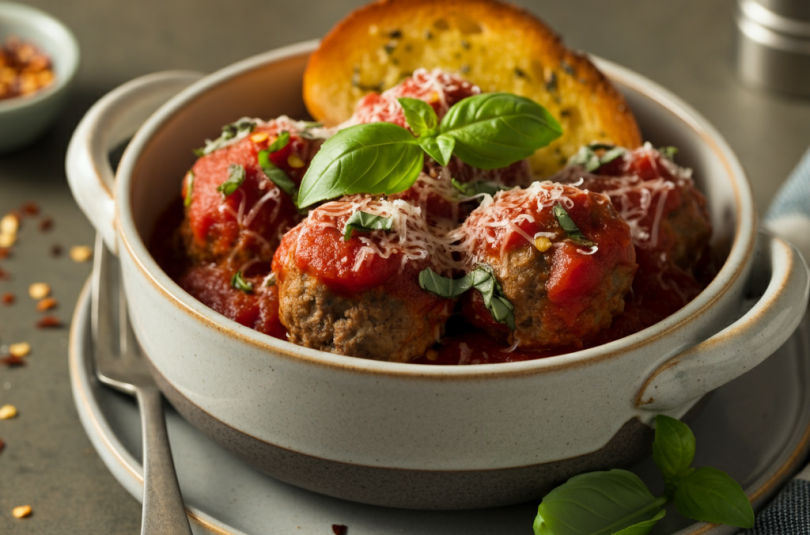Red Lentil Kitchari – Comforting Ayurvedic One-Pot Meal
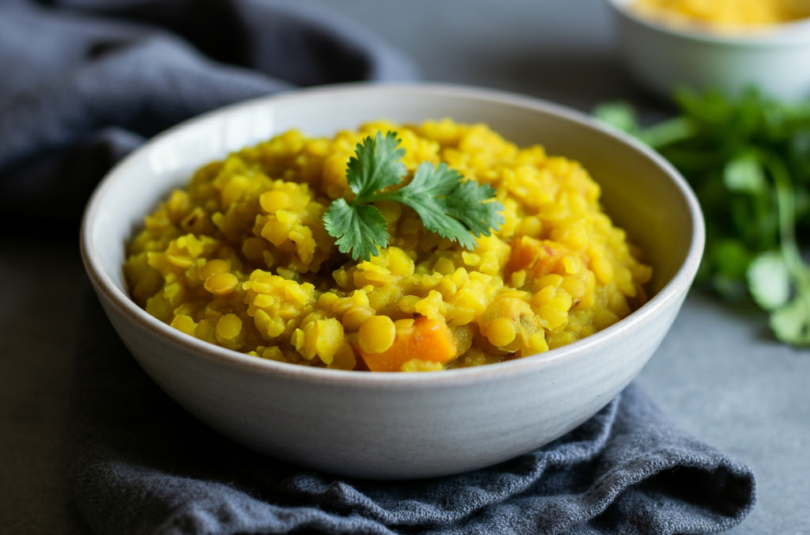
There’s something magical about a dish that nourishes both body and soul while requiring minimal effort in the kitchen. Red lentil kitchari is exactly that kind of culinary gem – a one-pot wonder that’s been warming hearts and healing bodies in Ayurvedic tradition for thousands of years.
This isn’t just another lentil recipe to add to your collection. Kitchari represents the perfect balance of protein, carbohydrates, and healing spices, creating what Ayurveda considers the most digestible and harmonizing meal possible. Whether you’re seeking comfort after a long day, supporting your body through a gentle detox, or simply craving something wholesome and satisfying, this golden bowl of goodness delivers every single time.
What makes red lentil kitchari absolutely irresistible for busy home cooks? Unlike its traditional counterpart made with split mung beans, red lentils cook faster and create an incredibly creamy, porridge-like texture that feels like a warm hug from the inside out. Plus, it’s completely customizable – you can keep it simple with just a few pantry staples or jazz it up with whatever vegetables are calling to you from the fridge.
Essential Ingredients for Perfect Kitchari
The beauty of kitchari lies in its simplicity. You’ll need surprisingly few ingredients to create this nourishing masterpiece, and chances are you already have most of them in your pantry!
The Foundation:
- 1 cup red lentils (masoor dal), rinsed until water runs clear
- ½ cup basmati rice, rinsed well
- 4–5 cups water (adjust for your preferred consistency)
The Aromatic Base:
- 1–2 tablespoons ghee or coconut oil
- 1 teaspoon cumin seeds
- 1 teaspoon mustard seeds
- 1–2 cloves garlic, minced (optional for strict detox versions)
- 1-inch piece fresh ginger, grated
The Spice Symphony:
- ½ teaspoon turmeric powder
- ½ teaspoon coriander powder
- ½ teaspoon cumin powder
- ½ teaspoon garam masala (optional but recommended!)
- 1 teaspoon salt (adjust to taste)
The Fresh Additions:
- 1–2 cups chopped vegetables (carrots, zucchini, spinach work beautifully)
- Fresh cilantro for that perfect finishing touch
Your Kitchen Arsenal
Don’t worry about fancy equipment here! Kitchari is refreshingly low-maintenance:
- One medium to large cooking pot
- A trusty wooden spoon or ladle
That’s it! Sometimes the most satisfying meals require the least fuss.
Step-by-Step Cooking Magic
Creating the perfect bowl of kitchari is like conducting a gentle symphony of flavors. Each step builds upon the last, creating layers of warmth and complexity that’ll have your kitchen smelling absolutely divine.
Prep Your Grains:
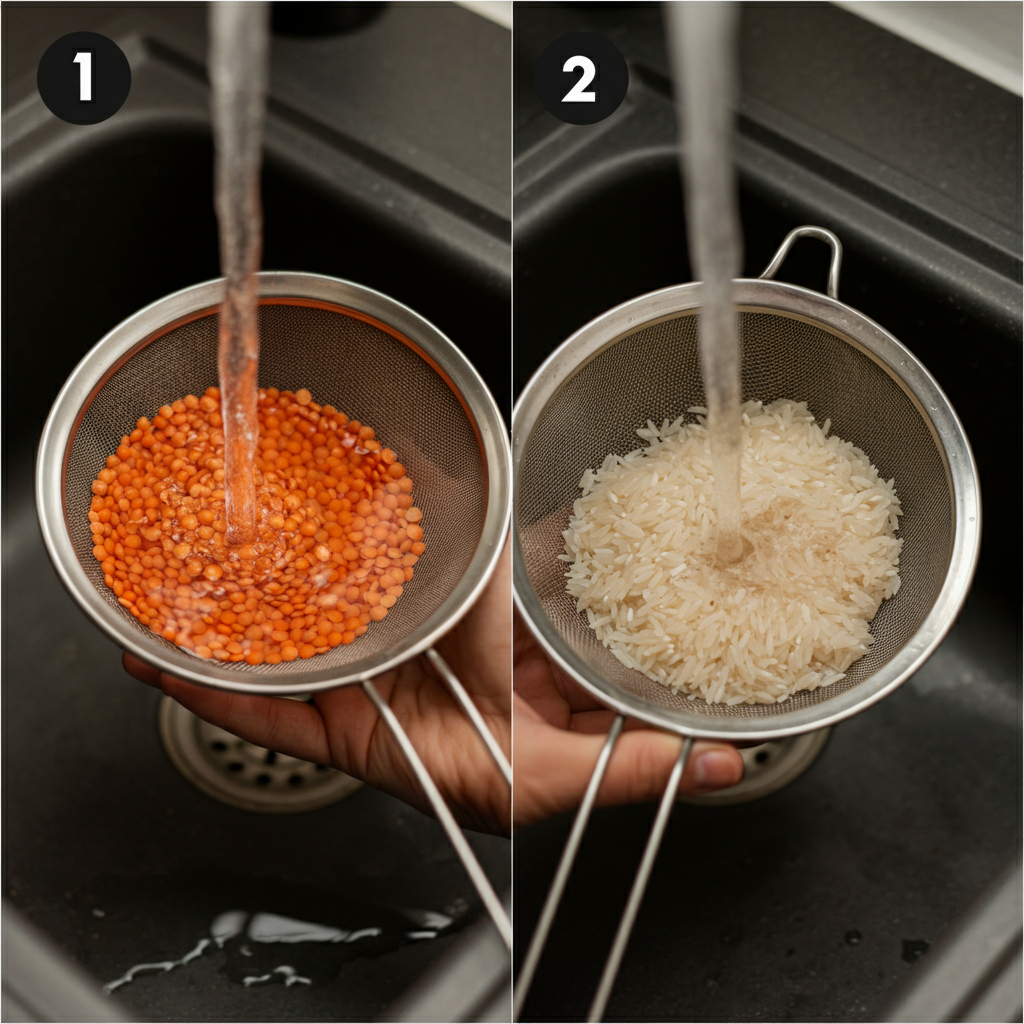
Start by giving your red lentils and basmati rice a good rinse under cold water until the water runs clear. This step removes excess starch and helps prevent your kitchari from becoming gummy – trust me on this one!
Build Your Flavor Foundation:
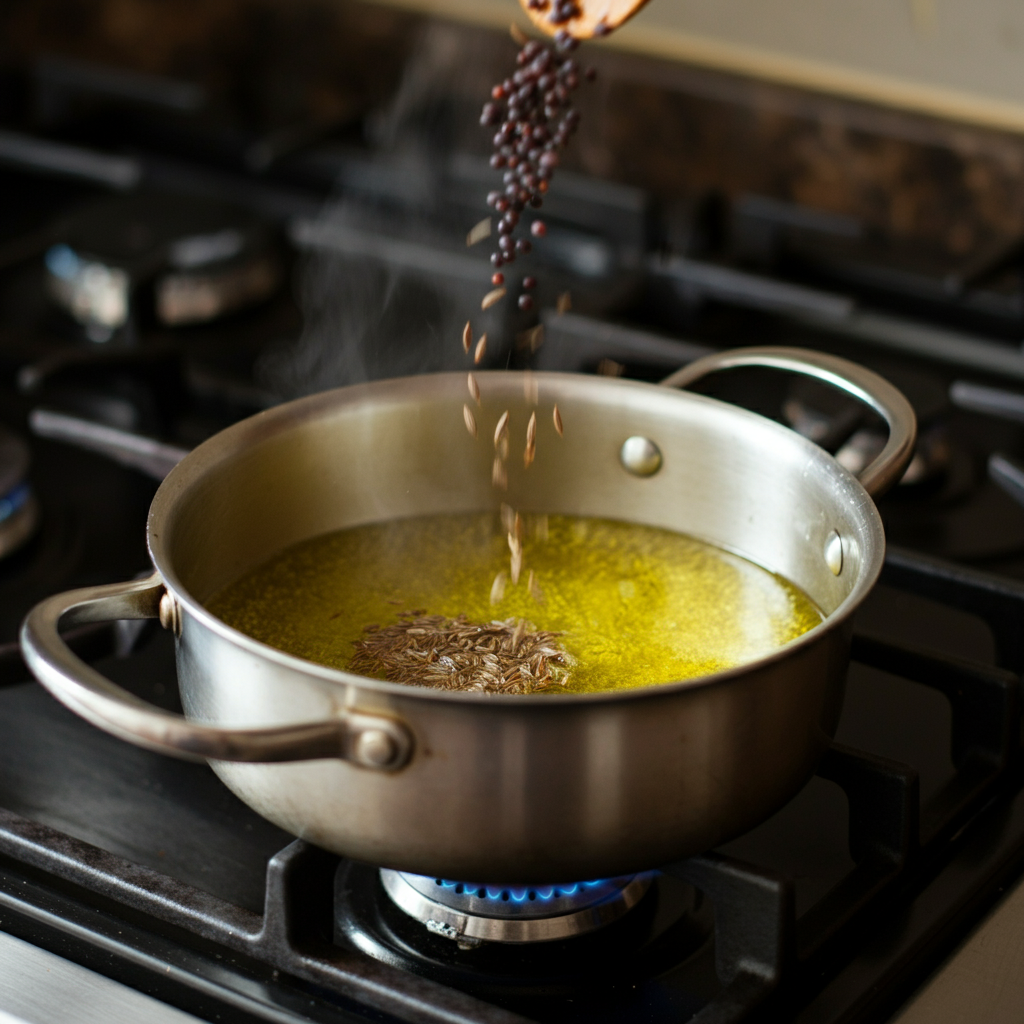
Heat your ghee or coconut oil in your pot over medium heat. When it’s shimmering and ready, toss in those cumin and mustard seeds. Listen for that satisfying sizzle – it should happen within seconds. This tempering technique, called “tadka” in Hindi, releases essential oils that’ll perfume your entire dish.
Layer the Aromatics:
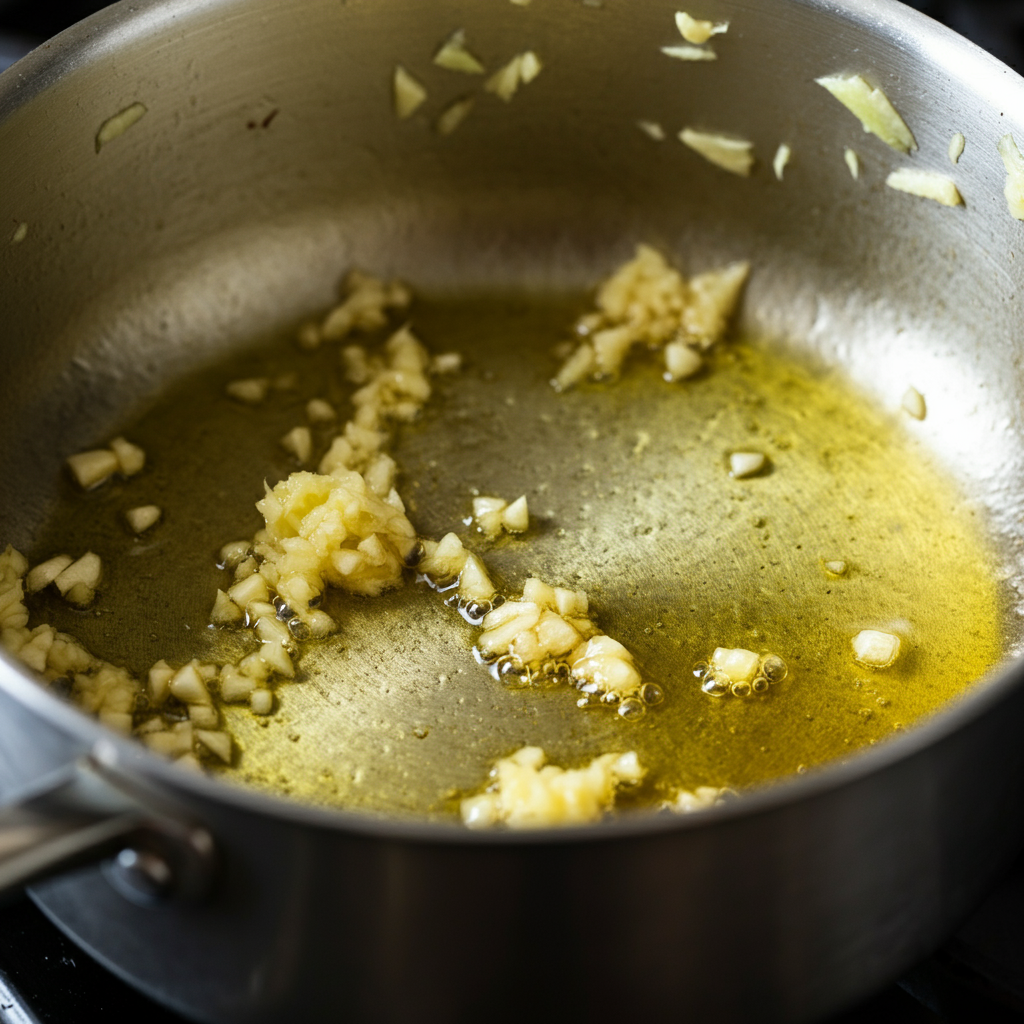
Stir in your minced garlic (if using) and grated ginger, sautéing until fragrant – about 30 seconds should do it. Your kitchen should smell absolutely incredible right about now!
Toast Those Spices:
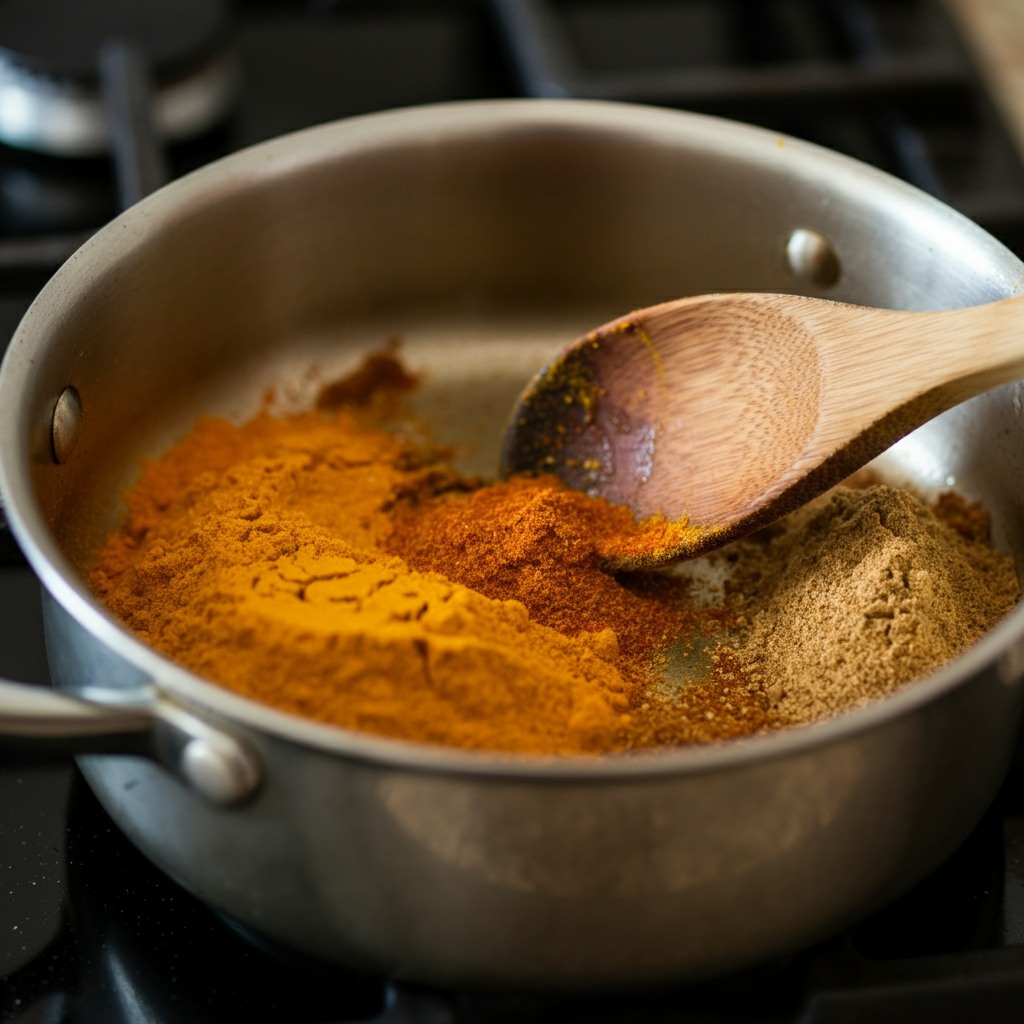
Add your turmeric, coriander powder, cumin powder, and garam masala to the pot. Mix everything together and let those spices bloom for about 30 seconds. This step awakens their flavors and prevents any raw, powdery taste in your finished dish.
Bring It All Together:
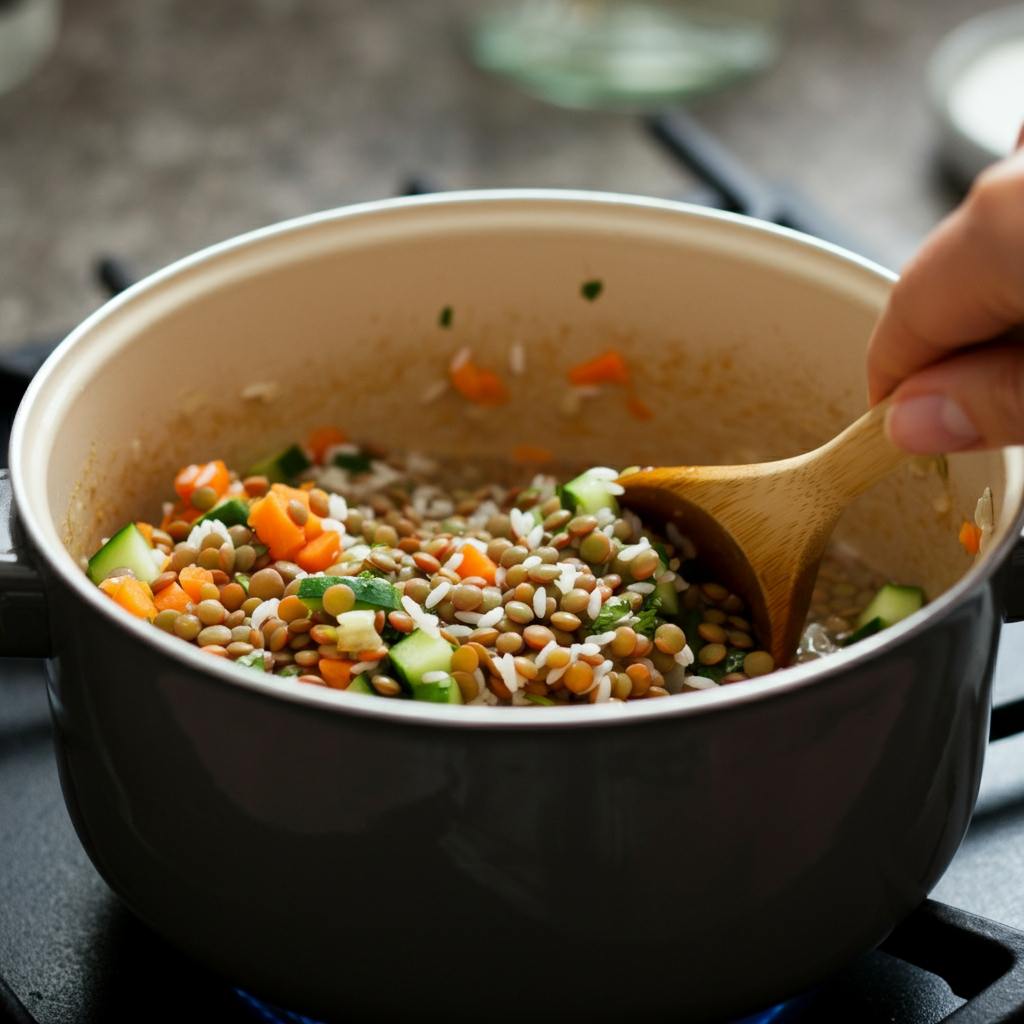
Add your rinsed lentils, rice, chopped vegetables, and water to the pot. Give everything a good stir to combine all those beautiful flavors.
The Gentle Simmer:
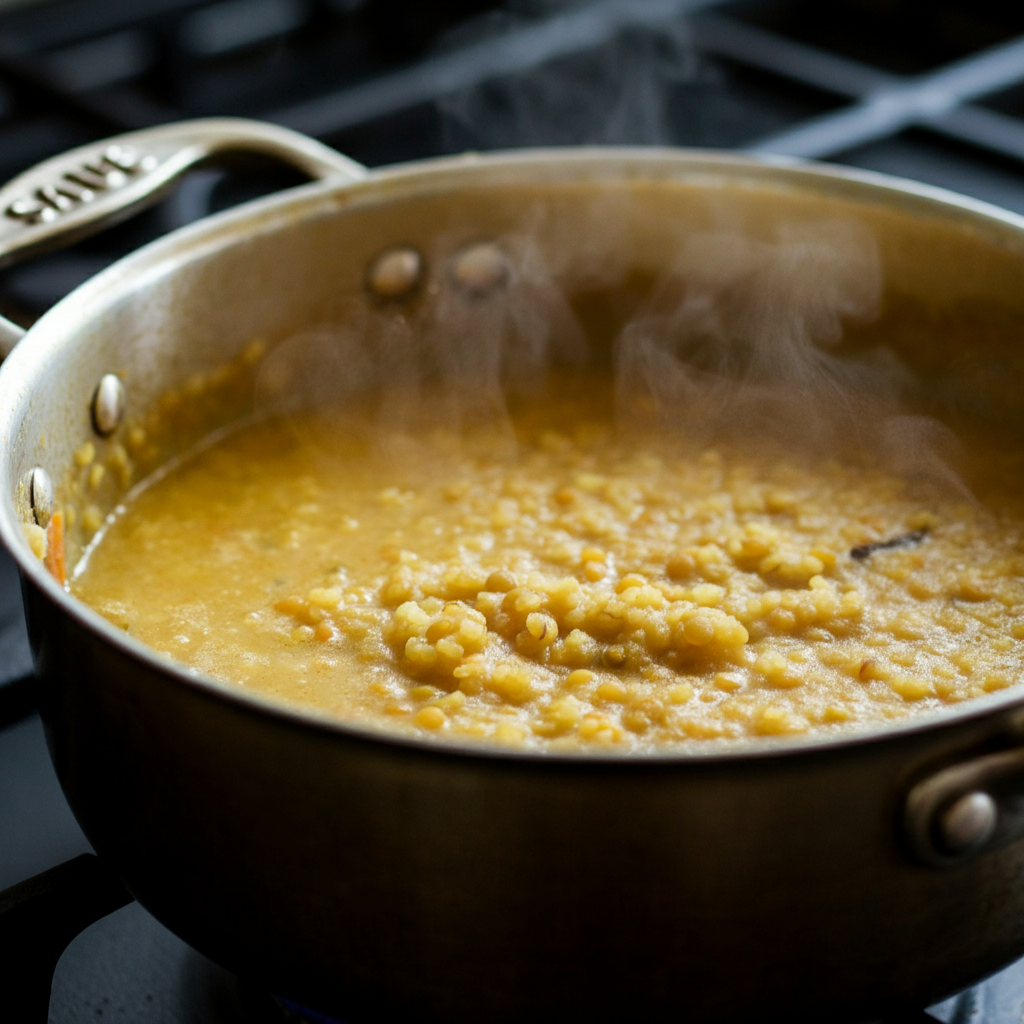
Bring your kitchari to a rolling boil, then reduce the heat to low and let it simmer away for 25–30 minutes. You’re looking for a soft, porridge-like consistency where the lentils have completely broken down and melded with the rice.
Final Touches:
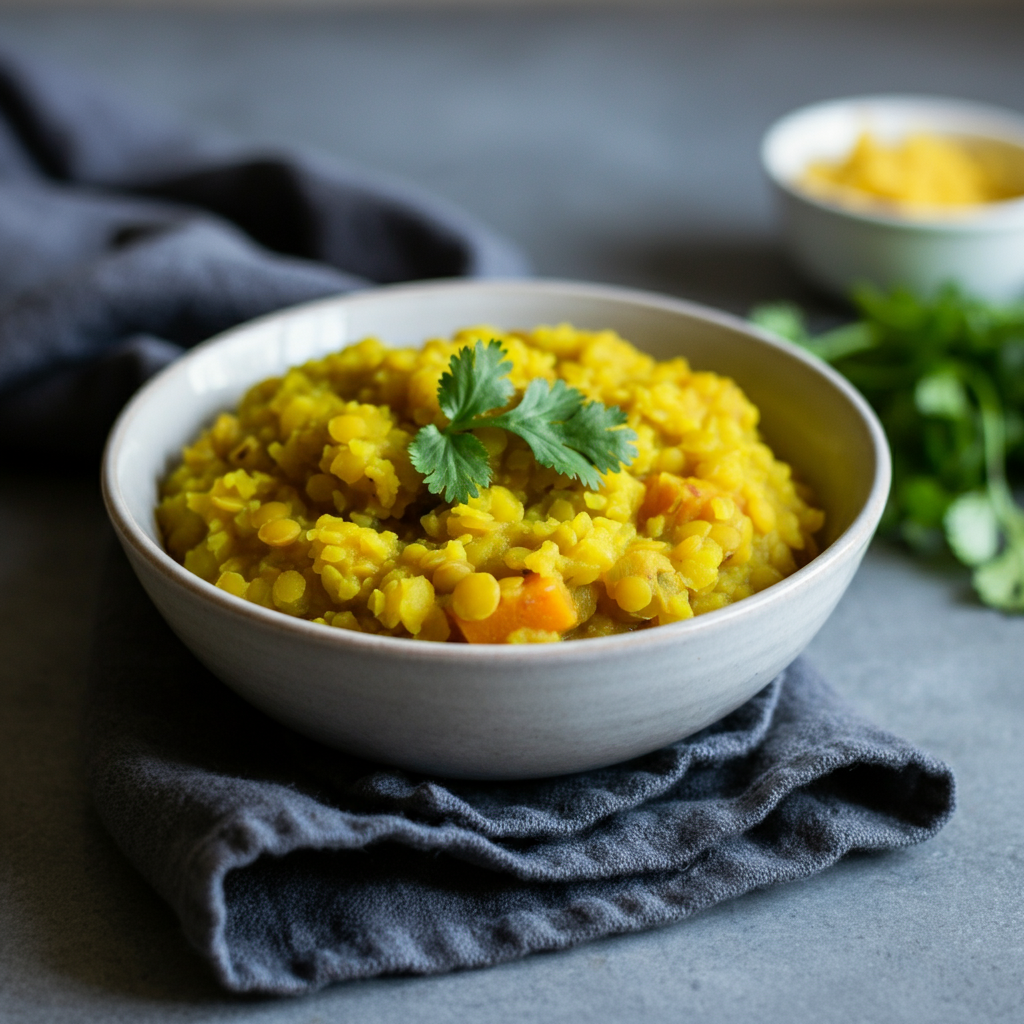
Season with salt and adjust the water if needed – some people love their kitchari thick and stew-like, while others prefer it more soupy. Garnish with fresh cilantro just before serving for a pop of color and fresh flavor.
Creative Kitchari Variations
One of the most exciting things about kitchari is how easily it adapts to your needs and preferences. Here are some variations that’ll keep this dish exciting in your rotation:
Detox Kitchari:
Keep it ultra-simple with just lentils, rice, and mild spices. Skip the garlic and onion for a gentler, more purifying version that’s perfect when you’re feeling under the weather or want to give your digestive system a break.
Green Goddess Kitchari:
Fold in handfuls of fresh spinach, kale, or herbs during the last few minutes of cooking. The greens will wilt beautifully into the warm lentils, adding both nutrition and gorgeous color.
Spicy Kitchari:
Turn up the heat with chopped green chilies or an extra pinch of garam masala. Perfect for cold days when you need something to warm you from the inside out!
Pro Tips for Kitchari Perfection
Want to take your kitchari from good to absolutely spectacular? These insider secrets will elevate your game:
Soak for Success:
If you have 30 minutes to spare, soak your lentils and rice before cooking. This creates an even creamier texture and can reduce cooking time by about 5 minutes.
Stir with Love:
Give your kitchari an occasional stir while it’s simmering to prevent sticking and ensure even cooking. Think of it as meditation time – there’s something deeply satisfying about tending to a pot of bubbling goodness.
Upgrade Your Liquid:
Replace some of the water with vegetable broth for deeper, richer flavor. Your taste buds will thank you for this simple swap!
Serving Your Masterpiece
Kitchari shines brightest when served warm and fresh, but the accompaniments can take it from comfort food to a complete, satisfying meal.
Serve your golden bowl with a dollop of cooling yogurt or a bright squeeze of fresh lemon juice to add tangy contrast. Traditional accompaniments like pickles or papad provide textural interest, while a simple salad of cucumber and herbs keeps things light and refreshing.
This dish truly excels as healing food when you’re feeling under the weather – it’s gentle on the stomach yet deeply nourishing, making it perfect for recovery days or anytime you need some culinary TLC.


